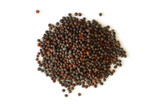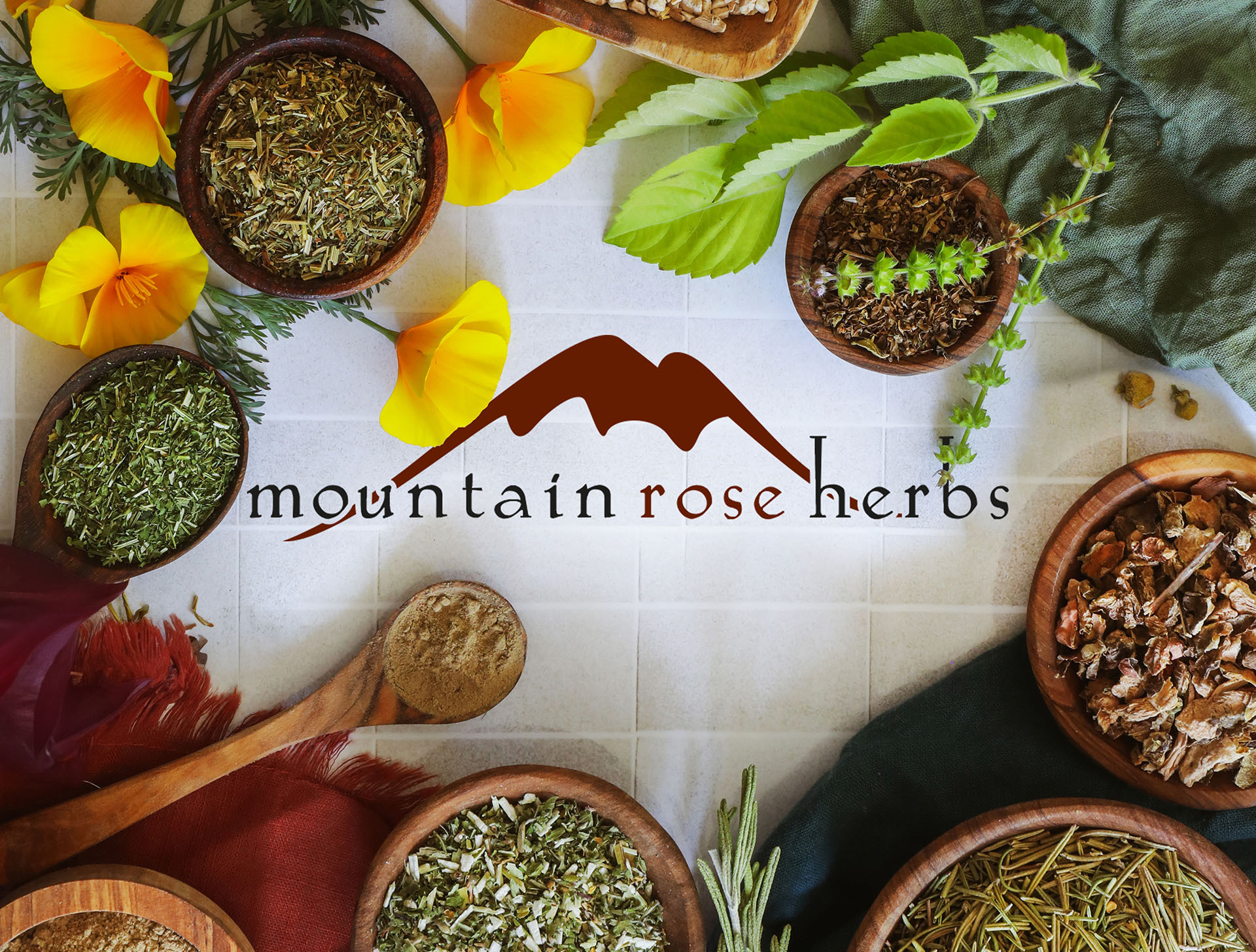The fresh green leaves and dried seeds of Sinapis alba have been harvested for millennia as a food and for wellness-support. A common sight flourishing in fields and roadsides, mustard is also an established cultivated crop. Yellow mustard seed is used as a culinary spice by cultures worldwide, adding a piquant bite to many regional dishes, condiments, and seasoning blends.
Perhaps most famous today as a condiment for sandwiches, appetizers, and ballpark fare, mustard seed also has an extensive history as both food and medicine. Yellow mustard is a flowering plant in the same family as brown mustard, cabbage, wasabi, watercress, horseradish, and arugula. An important spice in several cultures, yellow mustard seed has been used to season culinary dishes for millennia.
Yellow mustard seeds are one of the most popular and widely used varieties of mustard. They have a pungent and spicy bite but are milder than their close relative, brown mustard seeds. Grinding the seeds will increase their pungency for a more piquant flavor. Yellow mustard seeds are an important spice in many regional foods and recipes ranging from condiments, hollandaise dressing, soups, sauces, marinades, pickling blends, and rubs. Fresh spring mustard greens are often added to salads for a slight, spicy bite.
Kami McBride in her book The Herbal Kitchen suggests soaking yellow mustard seeds in room-temperature water for 10 minutes in order to bring out the full flavors. They can then be emulsified into salad dressings, herbal vinegars, botanical oils, and pesto. Yellow mustard powder is another wonderful way to incorporate flavorful additions to culinary dishes and body care recipes such as foot soaks and herbal baths.
Besides their use in culinary applications, mustard seed has traditionally been employed for its wellness-supporting properties by traditional herbal practices worldwide. Greek physician Dioscorides first described a topical mustard plaster almost two thousand years ago, and it remains a popular folk remedy today.
Yellow mustard seeds are in the Cruciferae or Brassicaceae family. Commonly referred to as the mustard or cabbage family, these plants are mostly herbaceous with simple, alternating leaves, and flowers with four free sepals, four alternating petals, and two short and four long free stamens. Yellow mustard, also called white mustard, has bright yellow flowers and fruit pods that are more or less horizontal, hairy, ribbed, and swollen around the seeds. Our yellow mustard seeds are organically cultivated.
Although there is no clear date when mustard seed was first used as a condiment, general consensus points to the Romans who blended crushed mustard seeds with must (fermenting grape juice) to make a sauce. The word mustard is said to come from the Latin phrase “mustem ardens” which translates to “burning must”. Mustard seeds have thousands of years of folklore surrounding them and are mentioned in many ancient religious texts.
Yellow mustard seeds can be used in a diverse array of culinary dishes and body care recipes, including herbal baths, foot soaks, and massage oils.
Learn how to make your own mustard bath herbal soak for tired muscles.
Learn how to make mustard at home.
Precautions
No known precautions. We recommend that you consult with a qualified healthcare practitioner before using herbal products, particularly if you are pregnant, nursing, or on any medications.
This information has not been evaluated by the Food and Drug Administration. This product is not intended to diagnose, treat, cure, or prevent any disease. For educational purposes only.

















